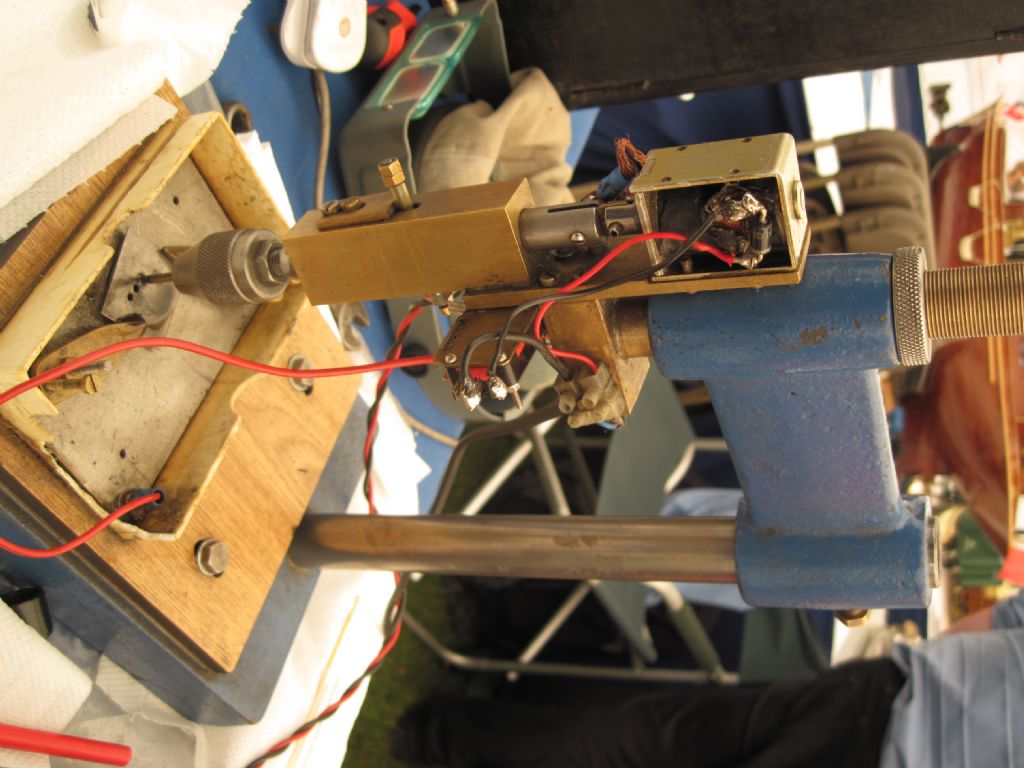Drilling small holes in hardend steel
Drilling small holes in hardend steel
- This topic has 47 replies, 23 voices, and was last updated 19 March 2020 at 10:37 by
Emgee.
- Please log in to reply to this topic. Registering is free and easy using the links on the menu at the top of this page.
Latest Replies
Viewing 25 topics - 1 through 25 (of 25 total)
-
- Topic
- Voices
- Last Post
Viewing 25 topics - 1 through 25 (of 25 total)
Latest Issue
Newsletter Sign-up
Latest Replies
- Screw cutting 1.25mm pitch on a Colchester Student.
- TurboCAD – Alibre File Transfers.
- Boiler Design – issue 4765
- Indicators – vehicle
- buying machine tools from aliexpress experiences?
- Sat nag
- Variable DC power supply?
- Silver steel crankshaft
- Another Day … Another ScumBag
- Adjustable spanner thread direction





